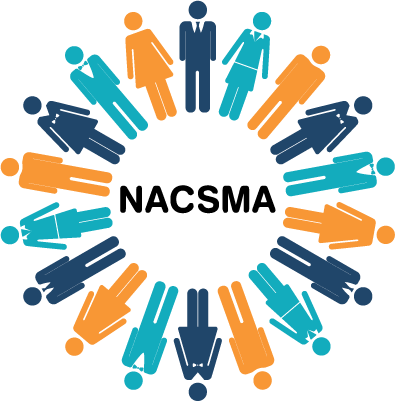Domestic / International Sites
Offshore, Near shore, Any shore and Stateside
When you hear offshore contact centers the immediate thought is they cost less. Twenty years ago that was the perception and every company in America sent their contact center overseas. Here we are twenty years later.
Does it really cost less? Let’s do the math.
Overseas USA
Labor Costs $2.00/hour $12.00/hour
Average Talk Time 40 minutes 10 minutes
Calls per hour 1.3
Actual Cost 18.00/hour to 28.00/hour
At first look the cost per call is very attractive, but when you dig deeper you can see it takes six overseas agents to do the work of one USA agent. The US based agent handles six calls to the overseas agent’s one and one-third calls in the same time frame. The overseas contact center will need 4.6 more agents to handle the same volume. So now the costs appear to be the same. But are they equal?
In-house Overseas Model
Not all overseas contact centers are outsourced.
Many companies build out contact centers overseas, keeping them in-house and allowing for more control. Many large banks have centers in Manila providing simple, low level business functions; such as verifying a borrower’s employment, taking after hours service calls, and general servicing inquiries.

Challenges To Be Aware
Outsourced overseas contact centers decrease the control over business functions.
You are providing a stranger with sensitive company data, knowledge and strategy. While outsourcers are partners, they are not under your guidance and therefore you lack the ability to monitor for quality assurance, create and implement policy and procedure, as well as other strategies that can boost customer satisfaction.
Outsourcers won’t do it like you will.Overseas outsourcers typically lack the company and product knowledge that stateside agents have. This is due to a couple of issues.
First,the language and cultural barrier is an obstacle to learning your product and services. You can send your best trainers down there but if they don’t understand half of what was said and taught during training, you can image what those agents take to the phones when they get on them.
The second is geographical location. Today, training is commonly done via webinar due to the costs of sending an instructor half way around the world. The knowledge transfer isn’t as effective in this method, compared to when you have a trainer/coach on site continuously working with agents.
Pardon Me, I Didn’t Understand You, Please Repeat That
Miscommunications are the number one customer frustration with overseas contact centers.
Informal English and misunderstanding of the complexities in the English language, incorrect dialect and culture differences make the overseas calls four times longer than stateside calls. A call that should be quick and simple turns into 40 plus minutes and lots of frustration as a result. The customer has lots of time to think while waiting on hold “do I really want to do business with this company?” Customer frustration mounts and this impacts customer satisfaction and customer retention. What is the cost of losing a customer at your company? Is it more than a $1.20?
Don’t assume that your customers won’t know the difference between stateside and offshore, near shore, etc. Know your client base and their support expectations. Customers are a great source of guidance and direction on the kind of support they expect and want.
INDUSTRY SERVICE TIPS
1. Don’t jump to the immediate conclusion that Off-Shore contact centers will save money. Average Talk Times will increase 20% due to the language barrier. If the goal is cost-savings, figure out your true and hidden costs ahead of time as given in the example within Section 2. If the goal is quality, no country can compete with the skills offered in the USA. If speed to market is the goal, off-shore offers an extension of the workday especially when the contact center is located 8-12 hours opposite your time zone. Your crew is going home and the off-shore agents are just starting their day.
2. Not all countries are equal. Weigh the pros and cons of off-shore destinations based on three factors: financial attractiveness, people skills and availability and business environment.
NEXT STEPS
There is a place for both domestic and international contact centers to work in harmony. Determine the business functions that each center is to perform and strategize how they can co-exist to best serve your customers.
VIDEO FROM OUR EXPERTS



INDUSTRY EXPERTS

Company 1

Company 2

Company 3
NETWORKING FOR CONTACT CENTER PROFESSIONALS
ABOUT NACSMA
NACSMA brings together like-minded professionals focused on advancing the customer contact industry and creating career growth.
BEST-IN-CLASS
Management of a best-in-class contact center sites require the continuous review of Agent Sourcing Models, Organizational Training and Management Development Programs.
NACSMA MEMBERSHIP
NACSMA is a professional, non-profit association whose members represent customer contact organizations and the vendors who support them.
IMPLEMENTATION
When a contact center organization expands to an additional site or requires new space, the steps to properly implement are unique to each organization but do have standard phases.
